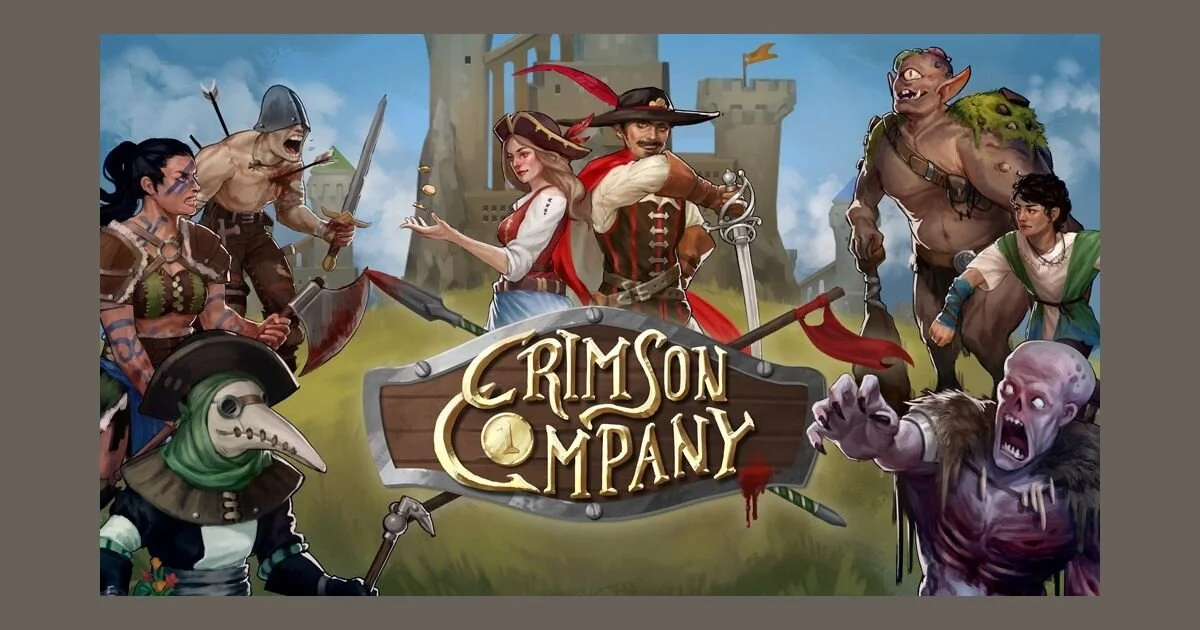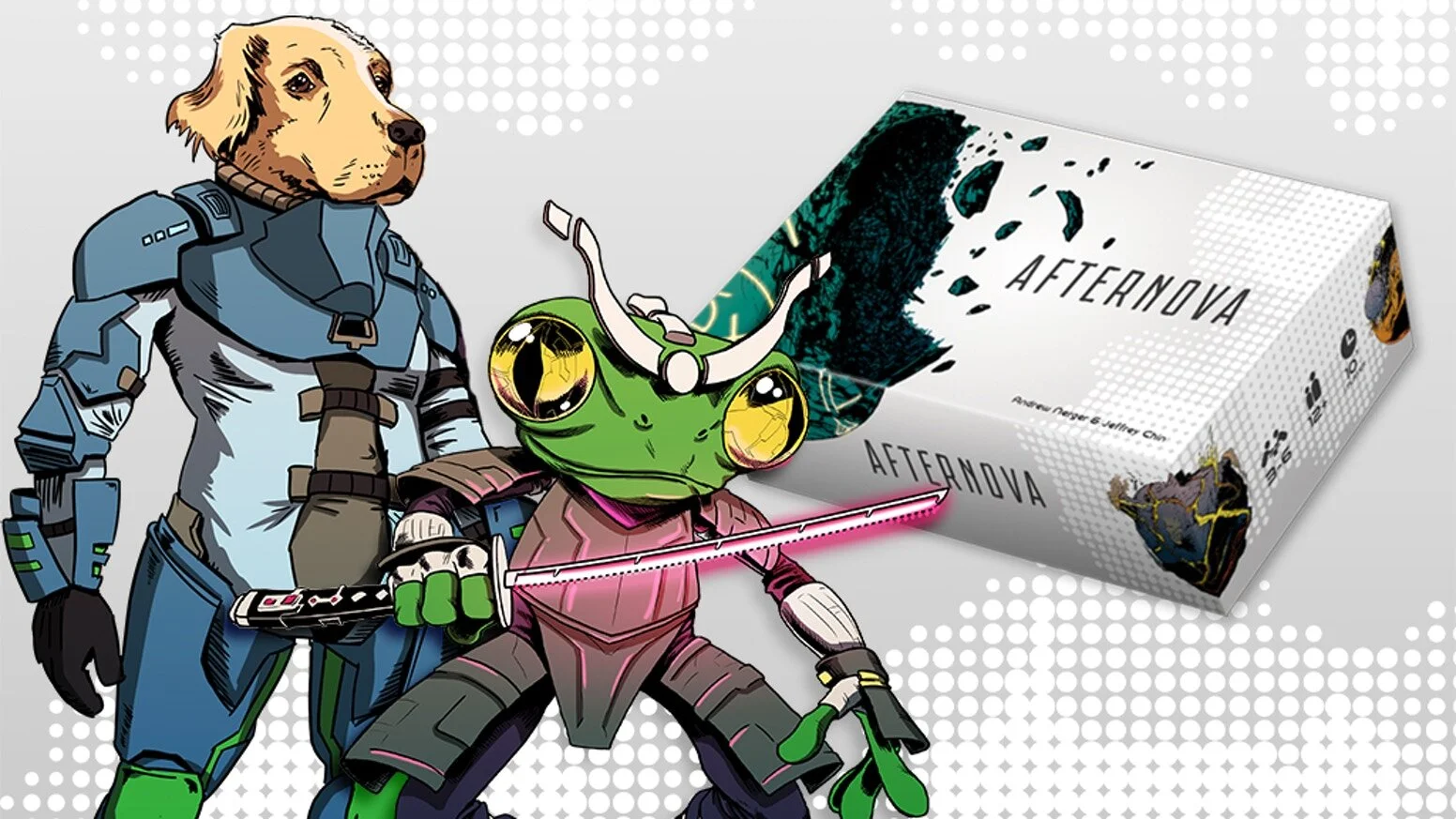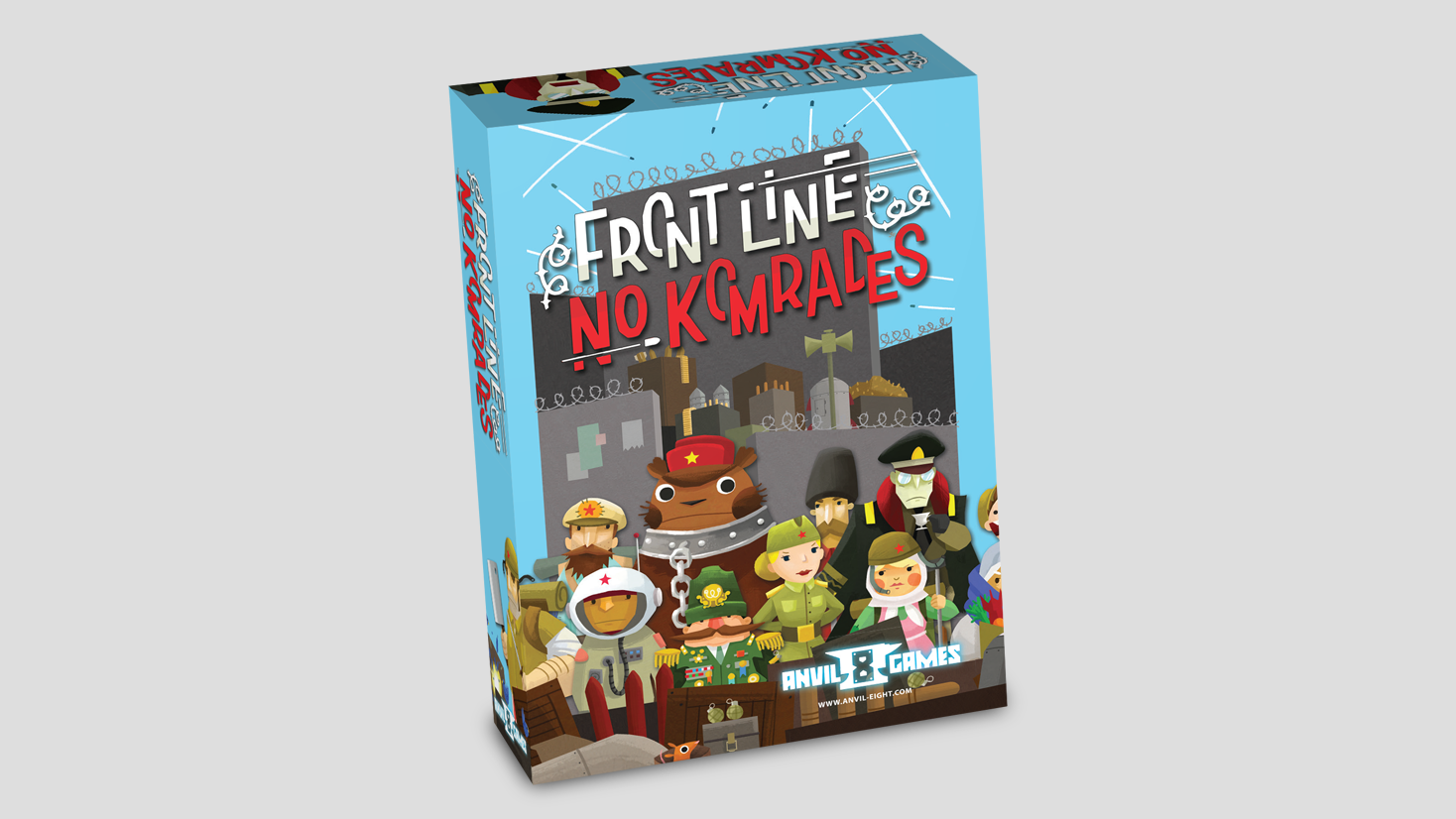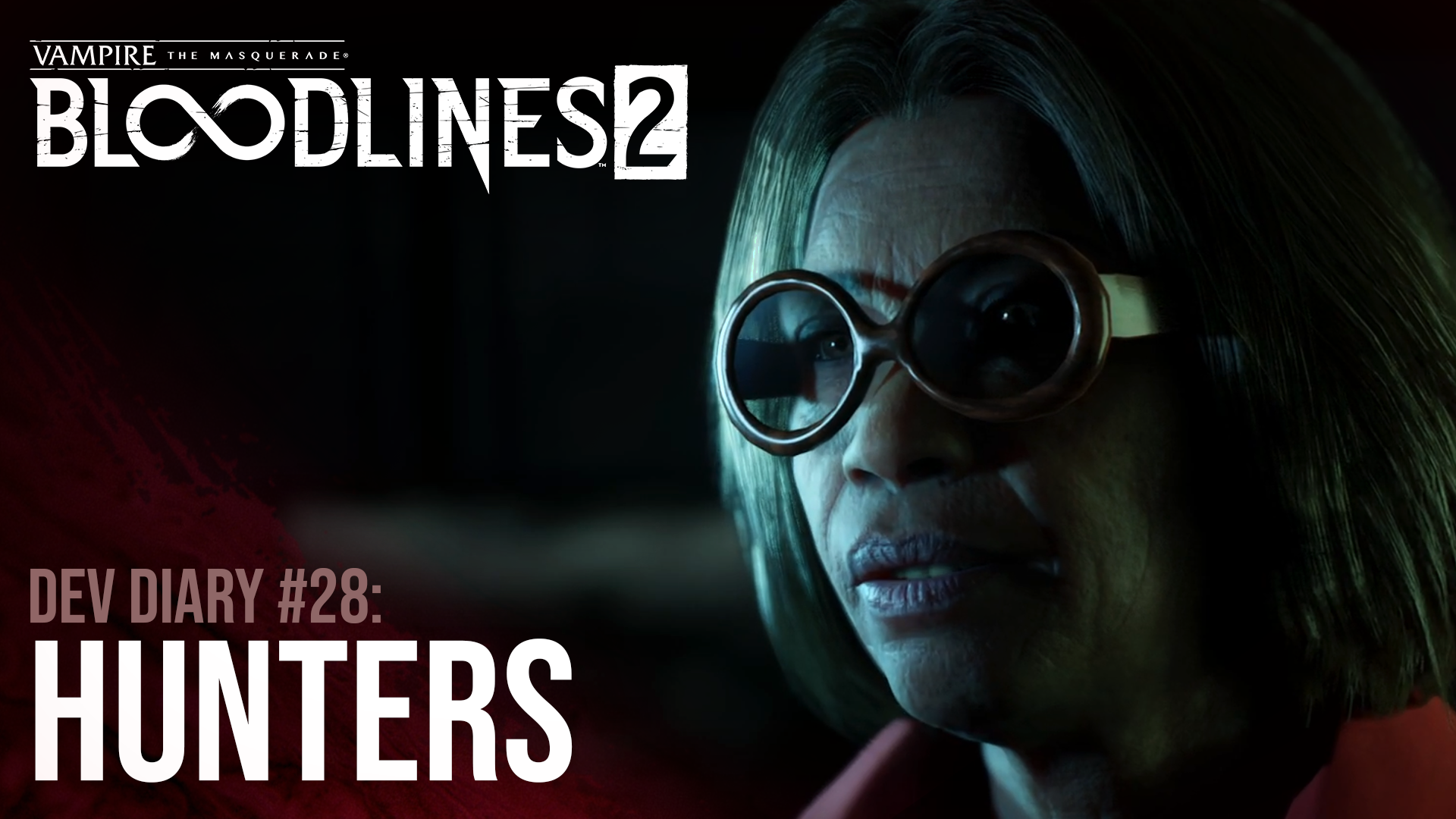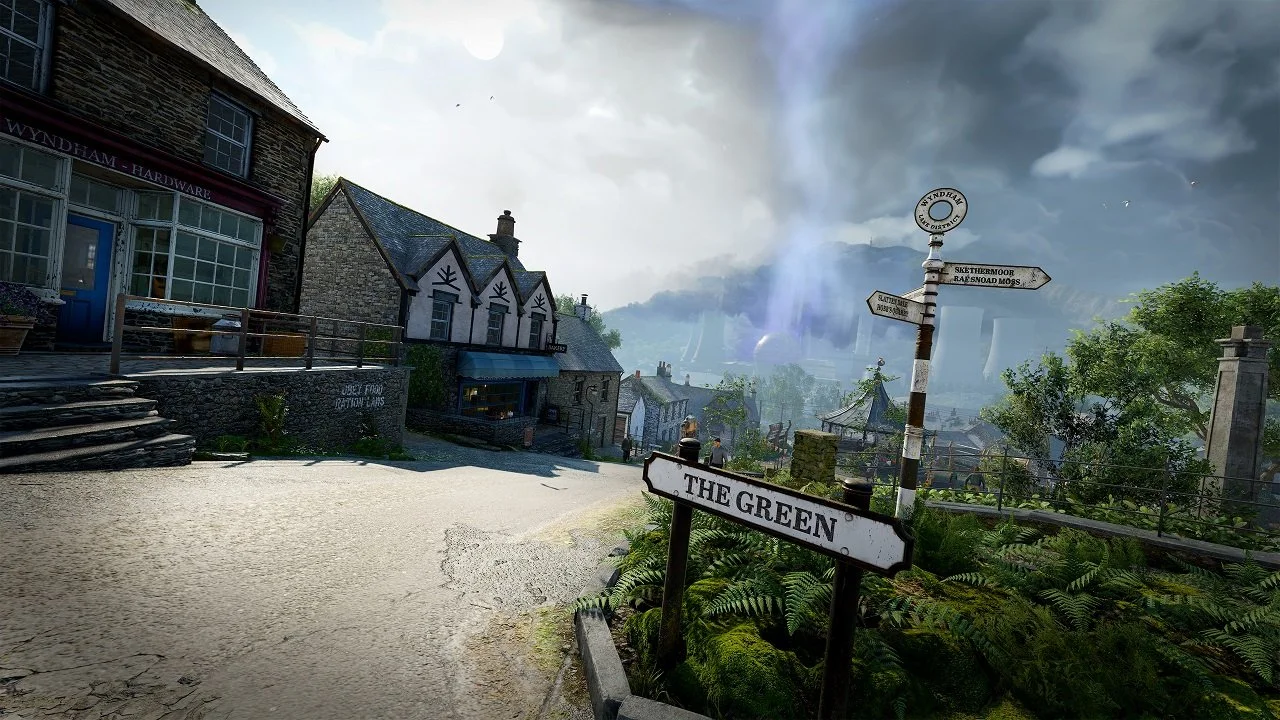Review copy provided by Crimson Company UG
The clever and rewarding Crimson Company is designed by Fabian Fischer and Dario Reinhardt, and it’s a strategic battle of compromise and risk. Easily one of the best small-box games I’ve played, and one that I will keep around for quick and thrilling matches whenever time and travel allows. Crimson Company is a card game in which two players purchase the services of mercenaries in order to gain control of castles. It involves economic manipulation, layered card selection, multiple objective management, and strategic analysis.
Crimson Company balances these varied mechanics to influence the gameplay of the sophisticated duel. Lesser designers might have constructed a tabletop experience around one of those mechanics, but Fabian Fischer and Dario Reinhardt have created a wonderful small-box game with big ambitions.
Let’s look at what makes Crimson Company such an appealing game.
STORY
Two opposing players take on the roles of adventurous noblemen in a cut-throat fantasy world. In a battle of wits, they assemble armies of sellswords, from hardened warriors and shady merchants to mythical creatures as old as time. Who will outsmart their rival and gain control over the castles of a long-forgotten kingdom?
The narrative concept reminds me of Lords of Waterdeep. Noble lords and ladies plotting to conquer the realm by sending adventurers and mercenaries to complete their tasks. Keeps your hands clean while infighting in the kingdom gets dirty.
Like many board games, though, the story is a loosely-constructed element to make sense of the gameplay mechanics. There aren’t any narrative threads that are vital to the game. Crimson Company can be played without any afterthought to the story.
GAMEPLAY
How do you win? In a game of Crimson Company, players must conquer two of the three castles in the play area. How do you conquer a castle? Players must position powerful sellswords to overwhelm the strength of your opponent in the castle’s lane. What is the lane? It’s the row where players will position mercenaries to claim a castle. If you’ve played a multiplayer online battle arena (MOBA), then you’ll recognize the term. When is a lane scored? Whenever a player has amassed at least four cards in a castle’s lane. The first player to conquer two castles will win the game.
Thirty cards represent characters with different strength values, and unique skills or effects. Seven castle lanes provide dual-sided cards that also can influence play. Mercenary cards possess either instant effects or delayed effects that are triggered in phases of the game. The combinations of mercenary cards and castle cards create variability, so no two games of Crimson Company will look alike.
Four cards from the character deck are always “on offer” in front of the players. And the deck remains face-up so players can see what card will be played next.
The strategy depends on gamers’ understanding of how the character skills will influence the current state of play. And the mercenary cards are only part of the game.
Coins are dispensed to both players at the beginning and each player gets more coins on their turn. The currency is used to either purchase sellswords or pay off an opponent to prevent them from acquiring a mercenary of their own. Bidding can only take place on one mercenary at a time. Then the opponent decides to either pay the active player off or pass and let them purchase the character. If the opponent pays the other player, they spend the same amount of coins bid and the active player gains all of the money from that round.
Play continues until lanes are scored and one player has won two of the contested castles.
Crimson Company is an elegant dance. Conceding the wrong mercenary might skew the balance in a lane. Paying too much to bribe the opponent might create an economic disparity from which a player can’t recover. Everything must be weighed and measured. So there’s a tension in the game that I wasn’t expecting, and the gameplay was much more enjoyable than other small-box experiences.
The thirty different mercenaries and the seven distinct castle lanes also provide so much replay value. Every game will be different than the last. It’s an easy game to learn, but there is a high ceiling for the skill level that can be acquired.
And the rulebook also includes instructions for game variants that can expand the possibilities in Crimson Company. A 2v2 team variant is optional, as well as a three-, four-, or five-player free-for-all variant. For each of these game modes, you’ll need more than one copy of Crimson Company, but with a less expensive small-box game, that’s not a big deal.
I’m very impressed by my experience with Crimson Company. One to come back to again and again.
VISUALS
The deluxe edition of the game is very nice. The artwork is memorable; all thirty mercenaries are distinctive characters with personality. The coins for the supply are made of metal, and the gold and silver components have a nice heft to them. It’s a classy detail that I appreciated. Plastic miniatures of the castles can be placed on top of the castle lane cards. It’s a well-designed product that truly shows the commitment to quality from the whole development team.
REPLAYABILITY
An absurd amount of replay is packed into the tiny box of Crimson Company. If you buy the expansion to increase the number of character cards, then there are even more possibilities. But the base game also commands an impressive potential. Thirty unique cards and seven castle lanes with distinctive effects. That’s a lot of combinations. And a lot of games.
WHAT IT COULD HAVE DONE BETTER
Knowing that there are more cards in the expansion, I’m excited to play Crimson Company more, and there is little that I found lacking. If other metal components were crafted for the game (like castles to complement the metal coinage), I wouldn’t complain. But the game does so much right. It’s almost the perfect small-box game.
VERDICT
Crimson Company offers a compelling argument that small-box games can have a big impact. With variability, strategy, and just plain old fun, the two-person card game allows players to bring an exhilarating tactics adventure anywhere in the world. Give it a chance, and I think you’ll really appreciate the smart mechanics and addictive gameplay. A definite buy.
